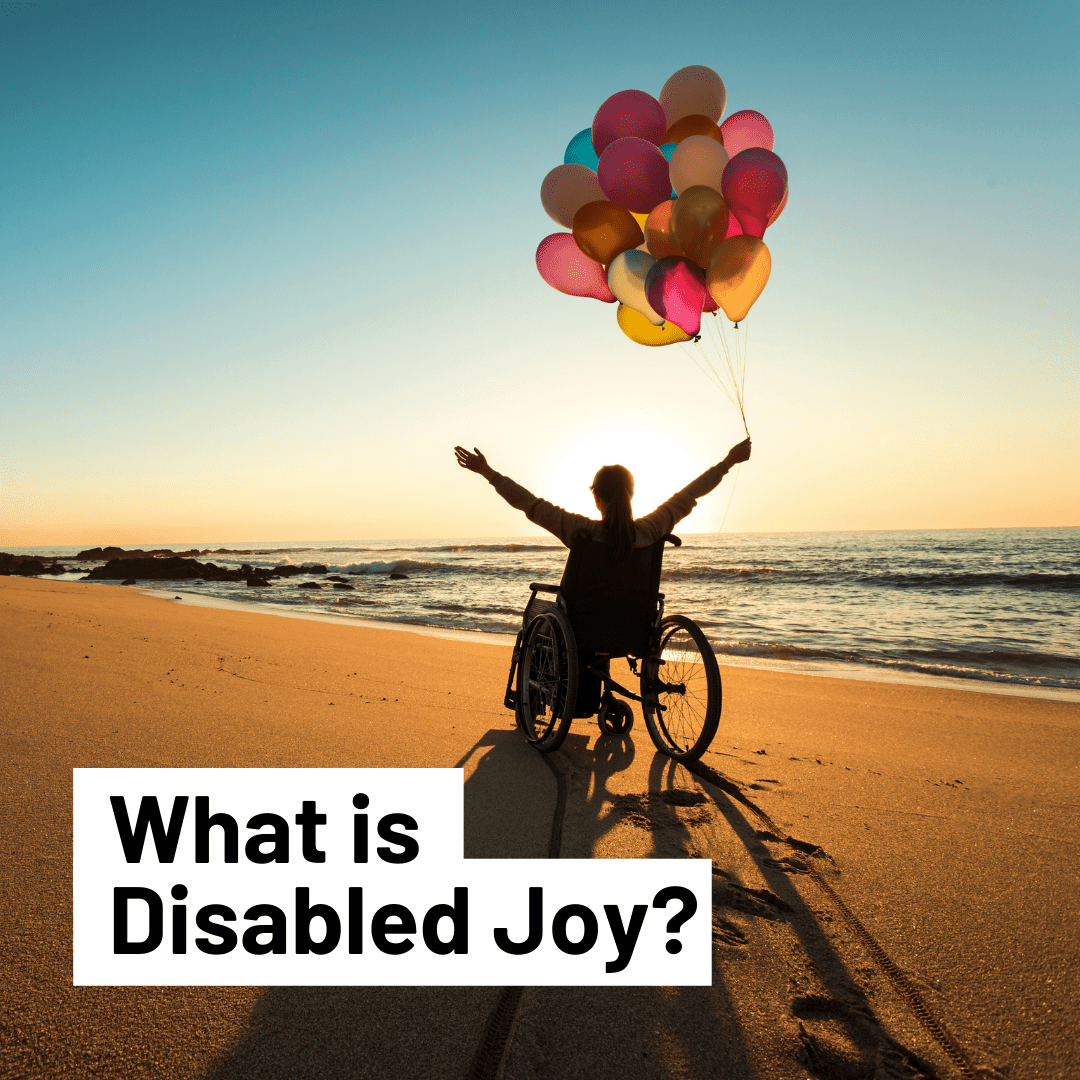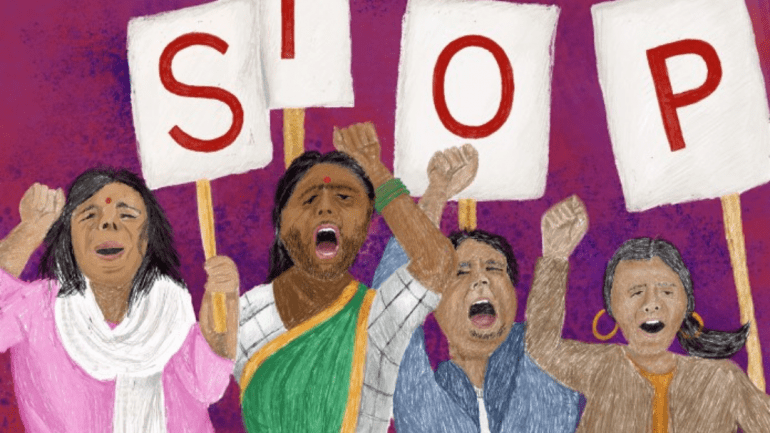An insightful Instagram Live
Last week, Jhatkaa.org hosted an IG Live with Revival Disability magazine to conclude Pride Month with a bang! While Pride Month has been crucial in fostering a sense of community and unwavering self-acceptance within the queer community, not all intersections within this community have been adequately explored. This is why, in this conversation, we explored the intersection of queerness and disability: a discussion that is yet to make it into mainstream discourse.
About ten minutes before our live began, Anusha, Founder of Revival Disability magazine, called me and told me, “I think, in this discussion, we should focus on Disabled Joy!”. She explained how organisations and advocacy groups tend to become fixated on the struggles of people with disability, how the conversation becomes all about overcoming hurdles – as if that was all the lives of disabled people are about. As if that’s all that defines people with disabilities. And so, in this article, we will be exploring some insights from the IG Live about what we mean by Disabled Joy and why it’s crucial that we broaden the conversations we have about disability.
What is Disabled Joy?
Much like Black Joy, Disabled Joy is a form of resistance. It challenges the common notion that someone with a disability only knows suffering. In a society that tells disabled people that they are too different, it is an act of radical self acceptance – the idea that being different does not equate to being less than.
Why is it important to talk about Disabled Joy?
As Anusha and Samidha explained in the Live, Disabled Joy is a conversation that can bring monumental change in our perception of the disabled community. They explained how it breaks the assumption that being able-bodied is everybody’s final aspiration. Anusha mentioned how people with disabilities are often boxed into stereotypes, and this reflects in their lived experiences, how society excludes them, how the media represents them, and more. Viewed as the ‘other’, we as a society tend to forget that people with disabilities are, well, people, with their own ups and downs, successes and mistakes.
Talking about Disabled Joy enriches the conversation on disability. It discourages us from restricting the conversation to struggles and stigma, and forces us to recognise that while there is a lot of value in addressing the downsides, there most definitely is a wide array of happy experiences within the community that we are not engaging with enough. It reminds us to stop looking at an entire community through a victim’s lens.
Anusha and Samidha described how, at its core, Disabled Joy is about “doing things how I want”. To dance how people with disabilities wish to dance, to work without trying to conform to society’s toxic benchmark of productivity, to heal how they want, to find a community that understands and strengthens each other. They hope to see a world where disability is no longer discussed within such a narrow scope.
Conclusion
The concept of Disabled Joy is meant to challenge. It is meant to counter the notion that disability is something to “fix”, that someone with disability is “not enough”. It also helps shift the accountability to society, and reminds us to stop looking at disability as something to overcome all the time, and instead make the world more accessible and inclusive to the world’s biggest minority. I hope that I get to see more such conversations and thank Revival Disability Magazine for their time.


